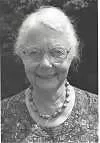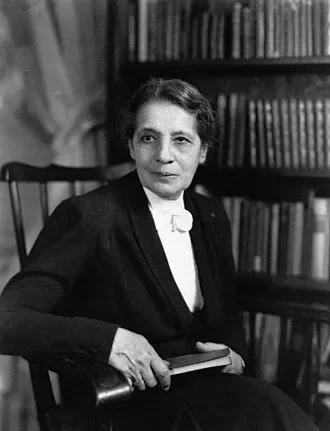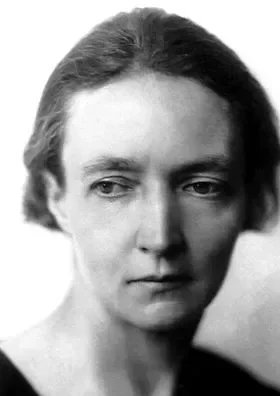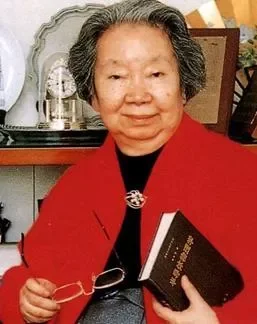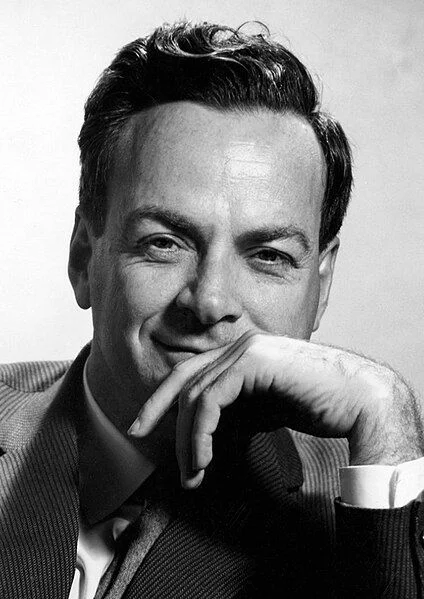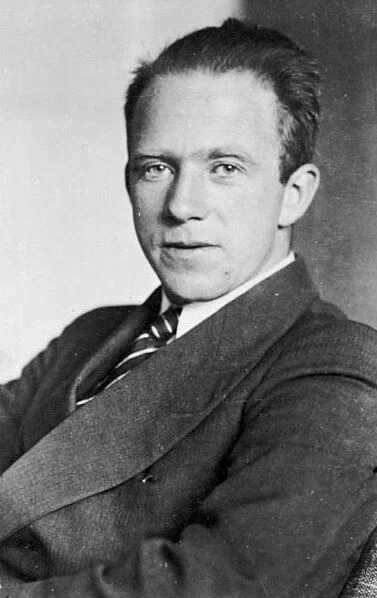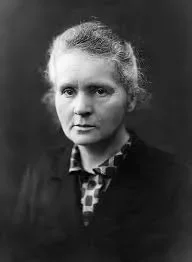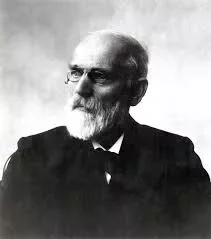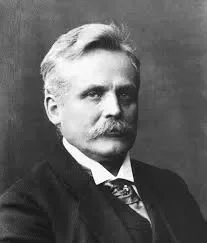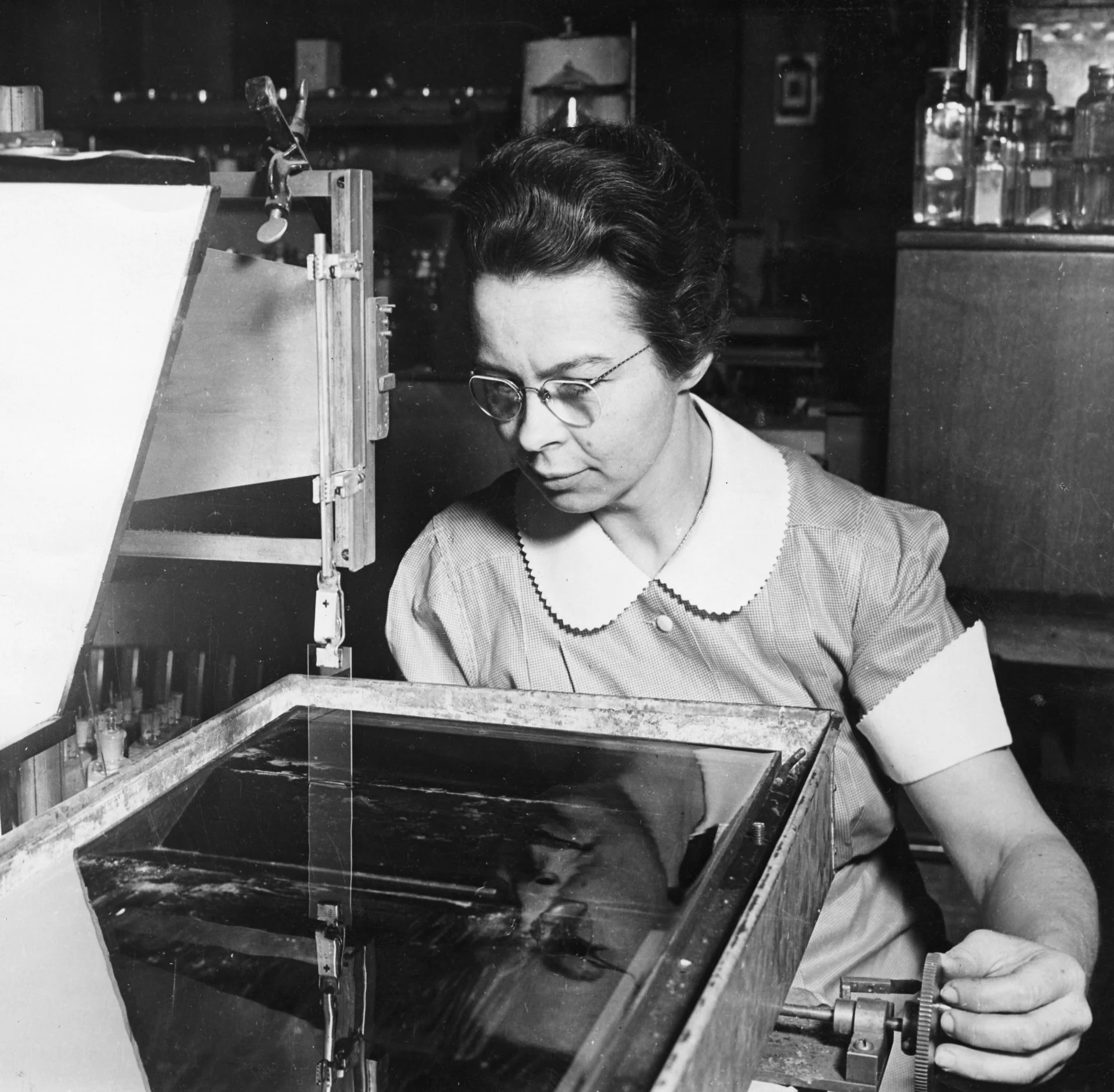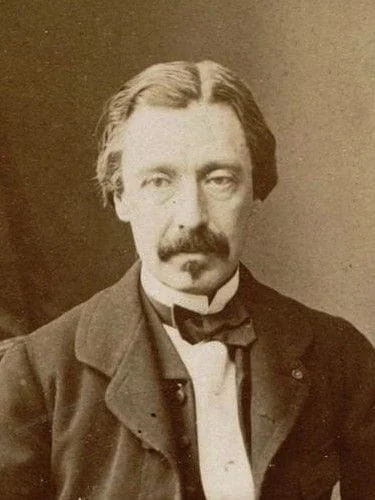Real Celebrities Never Die!
OR
Search For Past Celebrities Whose Birthday You Share
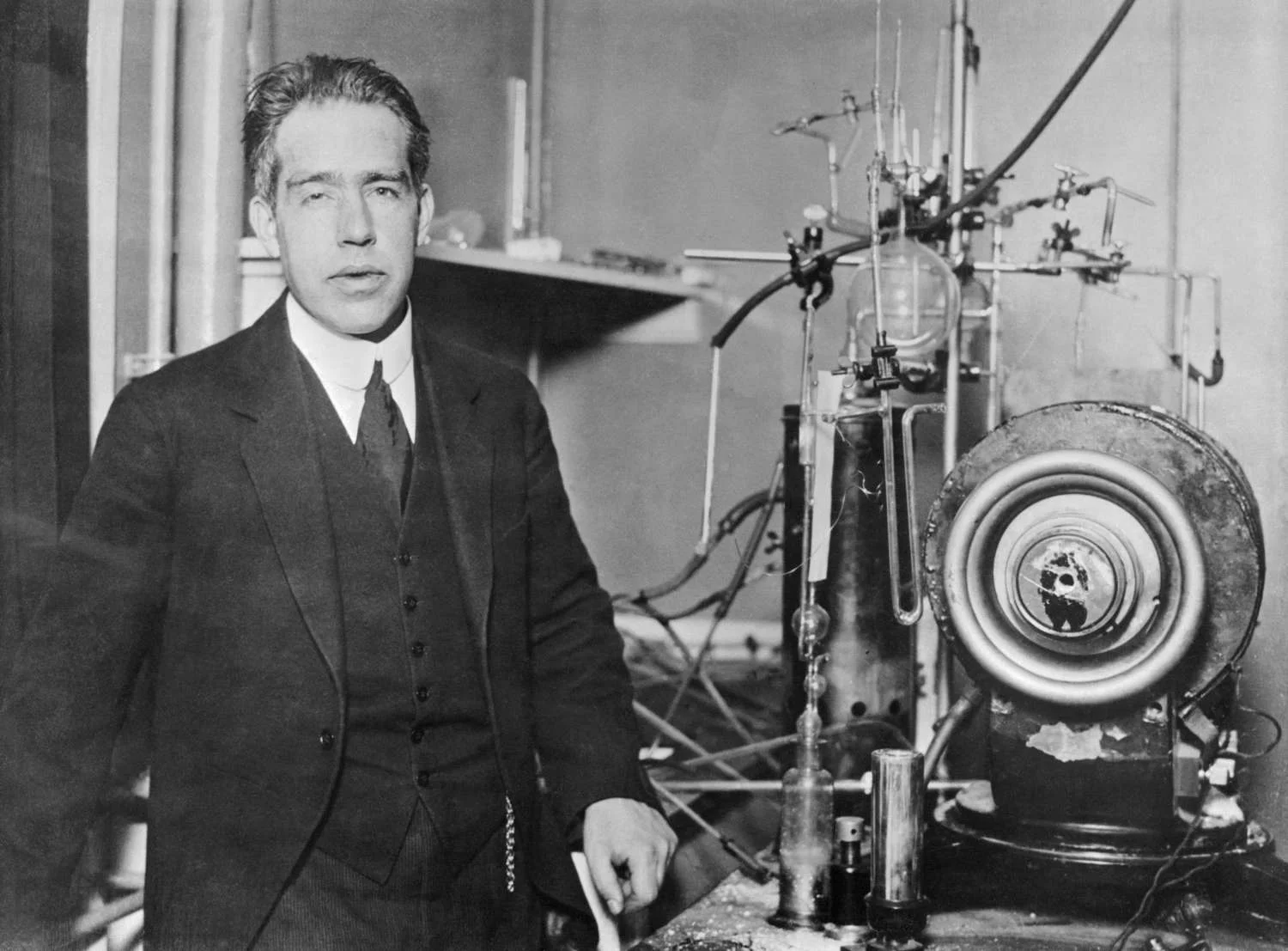
source:thoughtco.com
Niels Bohr
Birthday:
07 Oct, 1885
Date of Death:
18 Nov, 1962
Cause of death:
Stroke
Nationality:
Danish
Famous As:
Physicist
Age at the time of death:
77
Introduction: A Pioneer in Quantum Physics
Niels Henrik David Bohr was a Danish Physicist who was famous for the development of Bohr’s atomic model and contributions to quantum physics. Our understanding of atomic structure and particle behavior was significantly enhanced by Niels Bohr’s theories and ideas.
Early Life and Education
Niels Bohr was born on October 7, 1885, in Copenhagen, Denmark, into a well-educated family. He was the third son of Christian Bohr, a physiology professor at the University of Copenhagen, and his mother, who came from a wealthy Jewish banking family. Bohr was educated at Gammelholm Latin School in Copenhagen, where he displayed an early aptitude for science and mathematics. Later, in 1903, he enrolled as an undergraduate at Copenhagen University, where he majored in physics. In 1911, Bohr completed his doctorate on the electron theory of metals, which laid the foundation for his later contributions.
Bohr’s Atomic Model and Early Research
In the same year, Bohr received an invitation from Ernest Rutherford to work at Victoria University of Manchester, where he conducted crucial experiments on the structure of the atom. In 1913, Bohr introduced his most notable discovery, the Bohr model of the atom, which provided a theoretical framework for understanding the behavior of electrons within atoms.
Establishment of the Niels Bohr Institute
In the early 1920s, Niels Bohr began a mission to establish an Institute of Theoretical Physics, which later became the Niels Bohr Institute. In 1921, with Bohr as its director, he established the Institute for Theoretical Physics, often referred to as the Niels Bohr Institute. His institute attracted prominent physicists from around the world, including Hans Kramers, Oskar Klein, George de Hevesy, and Svein Rosseland, who conducted research there.
The Nobel Prize and Recognition
In 1922, Niels Bohr was awarded the Nobel Prize in Physics for his work on the structure of atoms and the Bohr model of the atom.
Contributions to Quantum Mechanics
Bohr played a major role in formulating the Copenhagen interpretation of quantum mechanics, where he addressed the philosophical and epistemological implications of quantum theory. Bohr formulated the correspondence principle, which helped fill the gap between classical and quantum physics, providing a smoother transition to quantum mechanics. Bohr also introduced the concept of quantum jumps, which became crucial in understanding the behavior of electrons in atoms. He made significant contributions to nuclear physics and developed the concept of nuclear reactions.
Post-War Contributions and Advocacy
After World War II, he returned to Denmark and resumed his position as the director of the Niels Bohr Institute. He continued his research and mentoring of young physicists. Bohr was also actively involved in debates about the disciplined use of atomic energy and the control of nuclear weapons.
Niels Bohr's Quote's
Death and Legacy
On November 18, 1962, Niels Bohr passed away at the age of 77 due to heart failure at his home in Copenhagen, Denmark. Bohr’s ideas and contributions played a major role in the foundation of quantum mechanics and remain one of the most successful theories in physics. His death marked the end of an era in physics, but his legacy continues to influence the international scientific community.
Name:
Niels Bohr
Popular Name:
Niels Bohr
Gender:
Male
Cause of Death:
Stroke
Spouse:
Place of Birth:
Copenhagen, Denmark
Place of Death:
Copenhagen, Denmark
Occupation / Profession:
Personality Type
Logistician: Practical and fact-minded individuals, whose reliability cannot be doubted. He always relay on logic and facts and that is the secret behind his success.
Soccer was important to Bohr; he even played on a college team.
Niels Bohr worked on the Manhattan Project during World War II, which eventually led to the development of the first atomic bomb.
The chemical element Bohrium (atomic number 107) is named after Bohr.
Faraday Lectureship Prize (1930)
Hughes Medal (1921)
Foreign Member of the Royal Society (1926)
Copley Medal (1938)
Atoms for Peace Award (1957)
Franklin Medal (1926)
Order of the Elephant (1947)
Matteucci Medal (1923)
Max Planck Medal (1930)
Sonning Prize (1957)
Nobel Prize in Physics (1922)

